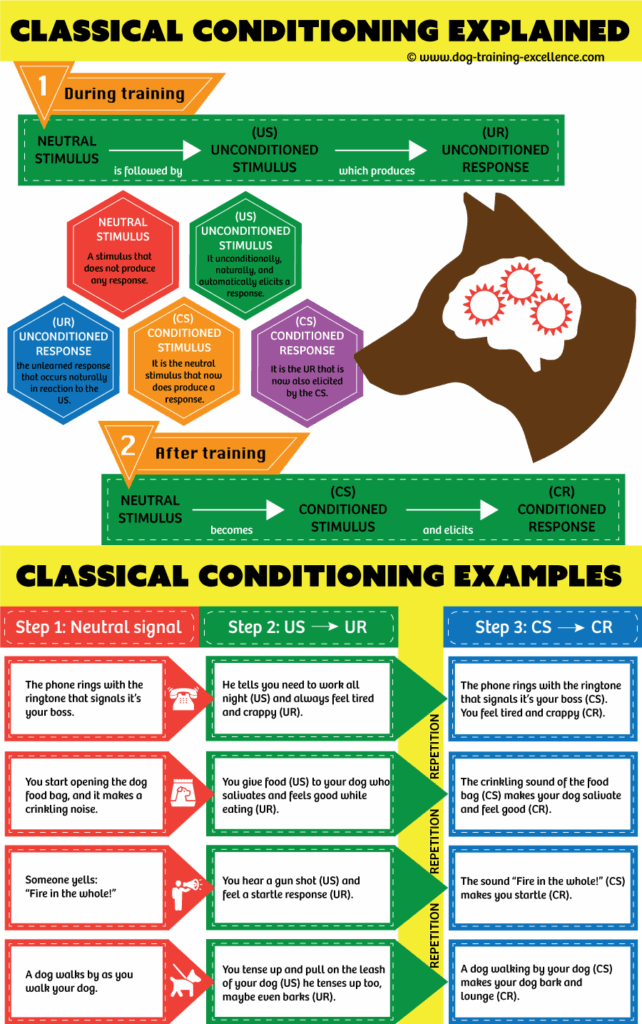Classical conditioning is a type of learning in which a neutral stimulus becomes associated with a meaningful stimulus and acquires the capacity to elicit a similar response. This process was first described by Ivan Pavlov in his famous experiments with dogs. A classical conditioning flow chart can help visualize the steps involved in this type of learning.
Classical conditioning typically involves four key components: unconditioned stimulus (UCS), unconditioned response (UCR), conditioned stimulus (CS), and conditioned response (CR). The flow chart can illustrate how these components interact and lead to the acquisition of a conditioned response.
Classical Conditioning Flow Chart
Creating a Classical Conditioning Flow Chart
To create a classical conditioning flow chart, start by identifying the UCS, UCR, CS, and CR in the learning scenario you want to depict. Use symbols or shapes to represent each component and connect them with arrows to show the sequence of events. Be sure to label each component and arrow clearly to indicate the relationship between them.
For example, in Pavlov’s experiments, the UCS was the presentation of food, which naturally elicited salivation (UCR) in the dogs. By pairing a bell (CS) with the presentation of food, Pavlov was able to create an association between the bell and salivation, leading to the dogs salivating in response to the bell alone (CR). A flow chart can visually represent this process and help clarify the steps involved in classical conditioning.
Benefits of Using a Classical Conditioning Flow Chart
Using a flow chart to visualize classical conditioning can help learners understand the process more easily and remember key concepts. By breaking down the steps into a visual representation, complex concepts can be simplified and organized in a way that is easy to follow. Flow charts can also be used as study aids to review and reinforce learning outcomes.
Overall, a classical conditioning flow chart is a valuable tool for educators, students, and anyone interested in learning more about the principles of classical conditioning. By visually representing the key components and steps involved in this type of learning, a flow chart can enhance comprehension and retention of information.
